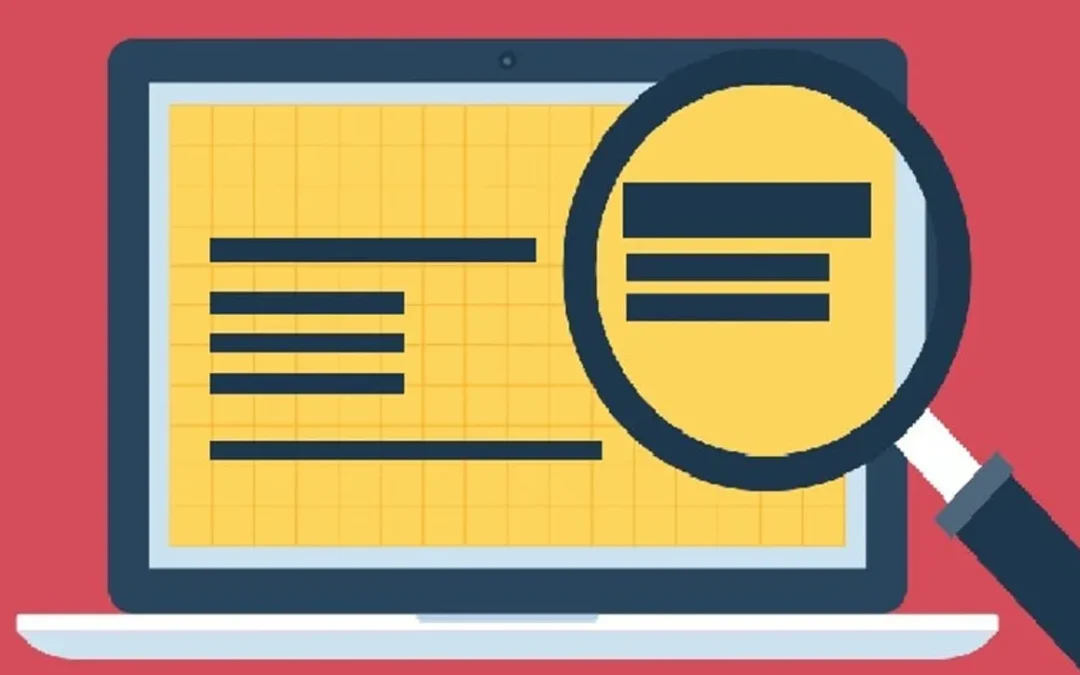
5 Subtle Signs of Sexual Harassment at Work to Never Ignore
Harassment of any kind is a strict no-no in any workplace. And when it comes to sexual harassment, things get even murkier as it is hard for the victim to raise the issue or talk about it. We tend to associate sexual harassment quickly with inappropriate touching or sexual innuendo which are pretty hard to miss but sometimes the signs of sexual harassment at work are so subtle that it may leave one confused and thinking that perhaps “it is all in my imagination”. Women (and men too) are put in many other situations in which they feel uncomfortable but are not confident enough to say so. In the recent years, there has begun a silent (or a not so silent one!) revolution, which has gone on to quickly gain momentum, on sensitizing people about sexual harassment at the workplace, their right to be vocal against it and seek appropriate redressal.
Sexual harassment is unwelcome sexual behavior – physical, verbal or written – that can make a person feel intimidated or humiliated. If it happens at work, at work-related events, between colleagues in or outside work, this behavior is covered under sexual harassment at the workplace. It is sexual harassment at the workplace if by such behavior, you feel that you need to keep quiet/submit in order to get or keep a job or that your raises/promotions could get impacted or you feel that your work performance is getting affected because of the hostile or offensive working environment created.
Here are 5 signs of sexual harassment at work, which may be subtle but do fall under the ambit of sexual harassment, never to be ignored and should definitely be taken to task promptly or nipped in the bud, so to say :
1. Sexist Behaviour –
If you hear comments about why a particular portfolio is not suitable for you simply because you are a woman, or the fact that you got promoted because you are a woman, or the age old jokes about women drivers, realize that you are a victim of sexist behavior. While a lot of people may laugh it off (women included) not many understand that this kind of behavior is extremely demeaning and insensitive. Sexist behavior, including jokes and comments falls under the category of sexual harassment. While it is crucial to be aware of this fact, you must also be extremely discerning before establishing whether or not the particular behavior displayed towards you qualifies as sexual harassment.
2. The apparently “harmless” flirting –
An occasional compliment now and then is of course a common and pleasant thing at work. But not if it gets to the point that it makes you feel awkward or offended. To differentiate between harmless flirting vs. sexual harassment further – harmless flirting makes someone feel “good,” whereas harassment makes someone feel “bad.” Flirting makes someone feel “happy,” while harassment makes someone feel “sad/angry.” Make yourself clear that you are uncomfortable and his/her behavior towards you can be decoded as potential sexual harassment.
3. Bullying by using seniority (or the Quid pro quo stance) –
Another subtle form of sexual harassment. “Come on, are you sure you want to say no to dinner with your team lead?” If that’s the way your team lead asks you out for dinner, despite you saying you have other plans, be sure that the person in question is very consciously making use of his superior position at work to get your attention, and is making it explicit so that you feel powerless. Do not be a push over, and stand firm by what you want for yourself.
4. Inappropriate ‘online’ behavior –
These days, all of us lead most of our lives on the internet. With the private becoming public, professional relations can become truly confusing. However there are some clear signs you should watch out for – emails unrelated to work coming your way at unearthly hours, request to communicate through completely unprofessional media like snapchat, and the likes. Constant IMs, Facebook stalking, are few of the many signs which you shouldn’t ignore.
5. Unwanted and inappropriate information coming your way –
Lewd or inappropriate photographs, even if it is followed by a message saying, “so sorry didn’t mean to send it to you”, unnecessary information about the person’s domestic affairs – the fact that he had a fight with his spouse or his emotional state because of a messy breakup. Put a stop to it right where it begins by making your displeasure over such behaviour explicit.
Kiri Blakeley in her article “Where ‘omg, u look gr8’ can land you in court”, rightly comments – “the new sexual harassment is much more subtle and harder to confront”. Those subtle areas can include everything from flirtation at a company party to a complimentary text message or an unwelcome invitation to discuss the latest project over dinner or drinks. “There’s been a new generation of confusion in this area,” says Jay Zweig, an employment lawyer with Bryan Cave in Phoenix. “Twenty years ago, it was, ‘Sleep with me if you want the promotion.’ Now most sexual harassment claims have to do with a hostile work environment, someone saying, ‘This person is bothering me. I can’t do my work. I’m distracted and uncomfortable.'”
While the post may seem to have a focus on sexual harassment of women, we would like to clarify these signs are not exclusively applicable only to women, but also to men. You could be a male employee and experience any or all of the above forms of sexual harassment, and have every right to stand up against it.
If you are unsure whether the issue you are facing at the workplace has to do with sexual harassment, don’t make the mistake of keeping silent about it and hoping that things will “go away”, talk it out with a trusted colleague or the counsellor at your workplace. Do a favour to yourself and to your colleagues. While it is important to be discerning before you make a complaint of sexual harassment, it is more important to never ignore these signs of sexual harassment at work, howsoever subtle they may be!
Do you have a story to share ? A different view ? Something we missed ? We would love to hear from you. Found this post useful ? Go ahead, share it!
Bonus : For more information on sexual harassment at work, check out this informative (and worrisome) infographic by Cosmopolitan:



